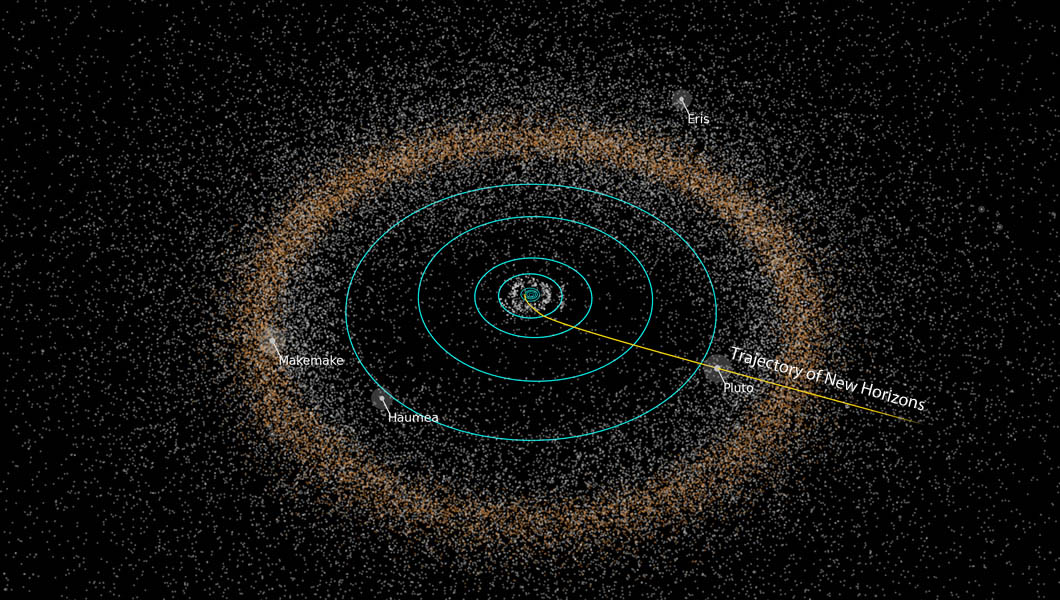When we think of Jupiter-type planets, we usually picture massive cloud-covered worlds orbiting far from their stars. That distance keeps their volatile gases from vaporizing from stellar heat, similar to what we’re familiar with in our Solar System. So, why are so many exoplanets known as “hot Jupiters” orbiting very close to their stars? That’s the question astronomers ask as they study more of these extreme worlds.
Continue reading “Is This How You Get Hot Jupiters?”Is This How You Get Hot Jupiters?










